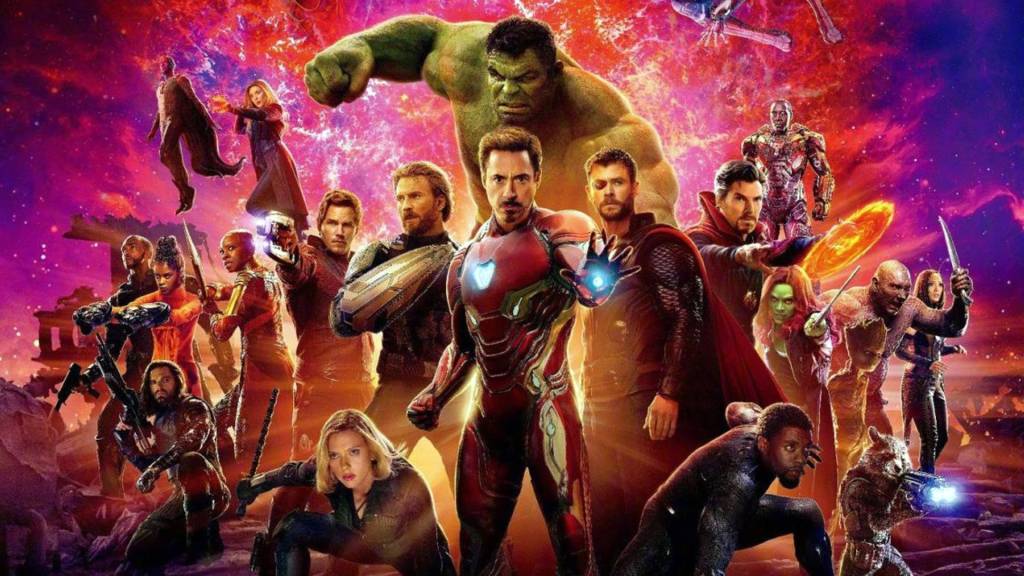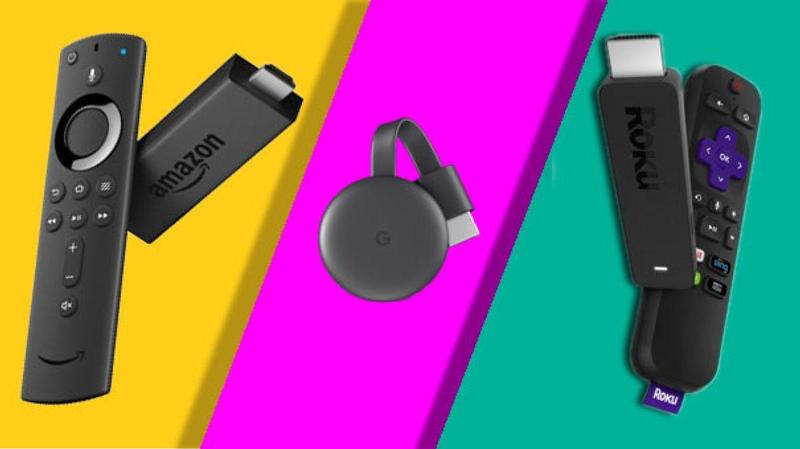This blog is based on the findings of the primary research conducted in 4 metros (Delhi, Mumbai, Bangalore, and Kolkata) during the Covid19 lockdown (May 2020) by Inxise Datalabs. For more information on detailed research finding please contact the author
SUMIT SAXENA
“Thank God for streaming apps! I would have gone crazy during the lockdown otherwise”, exclaimed a female respondent in one of our recent online focus group discussions. The focus group was a part of the syndicated research study conducted by Inxise Datalabs/ Pixights to understand the changes in the consumers’ life during the Covid-19 lockdown.
With no fresh content on TV and two kids (and a husband) who need to be constantly engaged, streaming apps were indeed a life saver for our respondent.
“I give my phone to my kids to watch cartoons when I work. They watch cartoons and let me do my work in peace. Once the kids are asleep, I watch a web series on Amazon, while my husband watches news on TV”
This is not how they watched content prior to the lockdown. In fact, she is a recent convert to a web series. Her previous usage of streaming services was to catch-up on episodes of her favourite daily show that she missed. Lack of fresh content on TV pushed her to try web series and she is now hooked.
And she is certainly not alone. One of the most conspicuous changes noticed in the consumers’ life during the lockdown has been the consumption of entertainment- both, in terms of time spent and in the choice of medium and content. As per the Broadcast Audience Research Council (BARC)/ Nielsen report, there was a 12% increase in the time spent on streaming services during the lockdown.
“Maine Hotstar+ pe Marvel series khatam kari. Phir Netflix me Money Heist ke saare season dekhe. Abhi main Youtube pe Byomkesh Bakshi dekh raha hun”, Bangalore, Male

So, does this mean that this is the end of the road for Television? Or would the audience return once normal life resumes and new content is back on television?
The answer is NO. And here is why:
Broadly, TV channels fall under three different categories by type of consumption:
- Family consumption, where all the general entertainment channels fall
- Individual, passive consumption, with channels/ content like music, spiritual (bhakti) etc
- Individual, active consumption, with channels that show movies, sports etc
Let us evaluate the threat of OTT for each of the categories
Family Consumption Channels:
Most households have a single TV. Even though Indians have taken to watching content on mobile (where most OTT consumption happens), TV is still the primary screen. And TV is a shared resource- which means that unlike a mobile phone which is personal, TV is not ‘owned’ by an individual. In fact, there is enough data to show that different members of the family dominate viewership at certain times of the day. While the disruption in the daily routine has impacted this dominance, one thing that remains is family viewership. Most meal-times in India are family times and are accompanied by content viewership. The choice of content is based on a compromise- something that everyone likes.
“khaate samay TV chalta hi hai. Jab Ramayan aur Mahabharat chal rahe the to woh breakfast se saath dekhte the. Raat ko Taarak Mehta ke repeats dekhte hain abhi” Mumbai, Female
The penetration of internet-connected TVs is low. This means that most families cannot watch OTT content on TV- which is one of the reasons why most OTT content in India is consumed on mobiles.
Moreover, while most popular content on OTT is direct competition to general entertainment TV content, latter is not considered safe for compromise viewing:
“Gaali galoch bahut hai [on OTT]. Aur adult scene bhi aa jate hain. Bachon aur saas ke saath nahin dekh sakte. Ramayan dekte hain TV pe to kuch seekh bhi lete hain”, Delhi, Female
This makes prime-time general entertainment content on TV safe from the OTT onslaught. Safe till:
- Indians continue to eat together
- There is not enough “safe” content on OTT
- The penetration of smart TV or streaming/ casting devices like chromecast, FireTV, Roku Streaming Stick is low

General Entertainment Channels would do well to promote family values and virtues to eating and viewing together. It should also communicate on how TV content is safer for family viewing
Individual, passive consumption channels:
“Subah uthte hi TV chalo ho jaata hai. Background mein on hi rehta hai” Kolkata, Female
Channels like music and spiritual channels have large passive consumption. This means that the TV is on in the background while the “audience” goes about doing their daily chores. This is a habit-based phenomenon and one of the few that has not been impacted by the loss of routine during the lockdown. This category has seen competition from audio streaming services like Jio Saavn and Gaana. However, the ease of switching on the TV (as opposed to starting one of the apps) and it’s better audio output (compared to a mobile phone or laptop used to access the app) insulates this category from the OTT threat
Individual, active consumption channels
“Lockdown mein TV free nahin milta. Koyi na koyi dekhi hi raha hota hai. Toh main mobile pe film dekhta hun”, Male, Mumbai
This is the category most under the threat from OTT. Both, the “individual” and the “active” components of consumption works in favour of OTT. For example, cricket viewership in a household is less likely to be individual consumption than say, basketball viewership. Hence OTT is likely to be stronger in the latter. For an active viewer. OTT allows better control of choice for a category like a movie. However, both these factors are present with or without the lockdown. However, the lockdown has forced the audience to subscribe to more OTT services and would have more access to the audience in the future, even after the lockdown is over.
This does not mean that (at least a part of) this audience will not return once the lockdown is over. Currently, with more family members being at home due to the lockdown and consequently, the primary screen (i.e. the TV) not readily available for individual consumption, a lot of this demand in this category has currently moved to OTT. However, once the family routine is re-established, this category should see part of this demand coming back as TV is still the preferred screen and penetration of internet-connected TVs is low
While OTT has improved the audience choice and made a dent on TV viewership at a time when there is no fresh content is available on it, TV is far from dead. It, however, will face a sustained competition from OTT services, now more than ever with audiences having sampled the OTT content. The biggest reasons for TV’s return would be family viewership and lack of internet-connected TV. With time, the latter constraint for OTTs would diminish. Hence, expect TV to go more “family” way in the future
This blog is based on the findings of the primary research conducted in 4 metros (Delhi, Mumbai, Bangalore, and Kolkata) during the Covid19 lockdown (May 2020) by Inxise Datalabs. For more information on detailed research finding please click here email us
